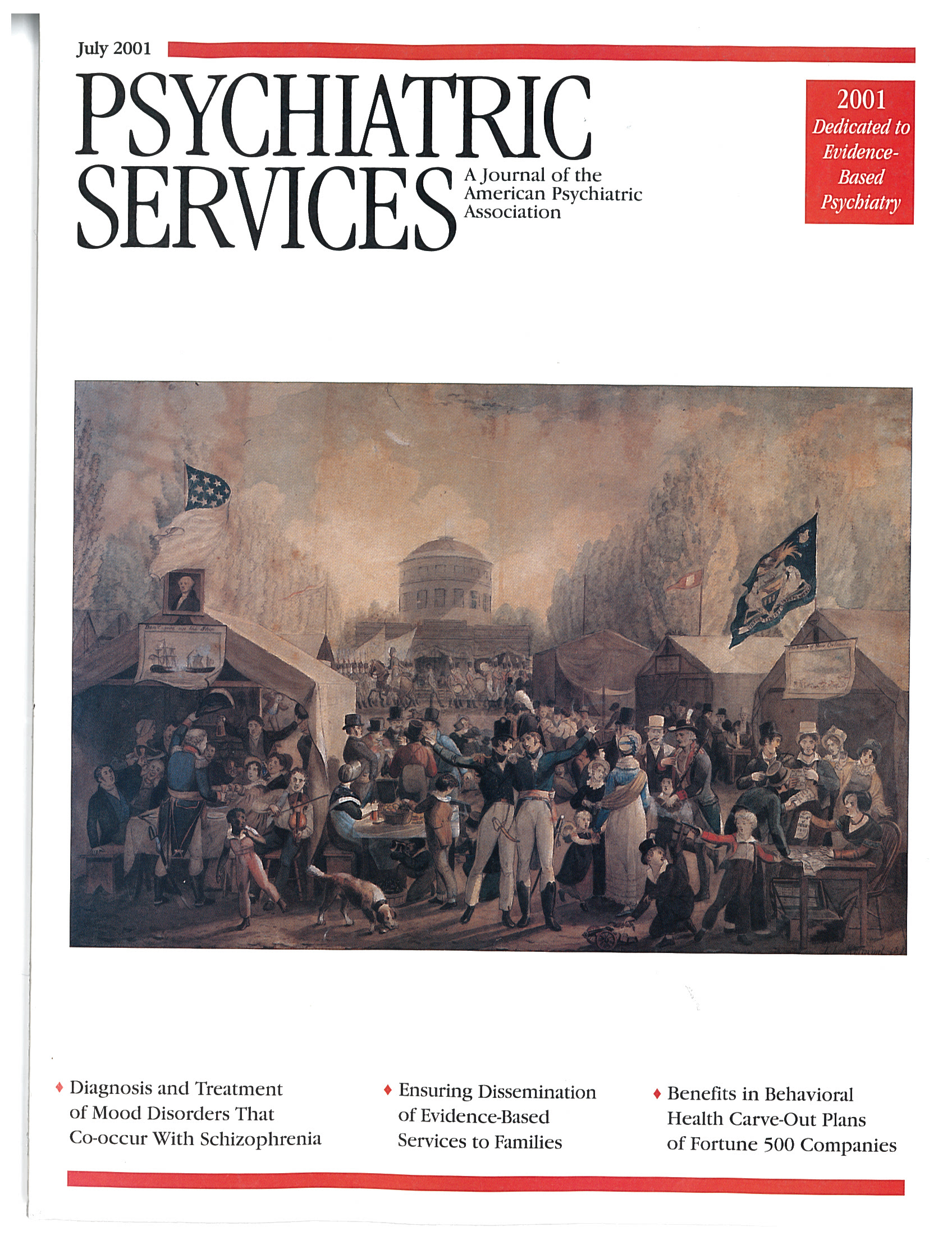This book presents the case for a new DSM diagnosis of cult and ritual trauma abuse. The authors propose the following criteria for this diagnosis: "A. The presence of clinically significant distress or functional impairment with either…(1) disturbing or intrusive recollections of abuse [or] (2) involuntary dissociated mental states consisting of at least one of the following: (a) dissociated alter identities, (b) involuntary trance states, (c) automatisms, (d) catalepsy, or (e) stupor, coma, or coma-like states. B. The disturbance described in A is the result of ritual (circumscribed or ceremonial) abuse. C. The disturbance described in A cannot be better accounted for by Delusional Disorder or another psychotic disorder in which delusions are present, Malingering or Factitious Disorder, or as a consequence of the patient's suggestibility."
Noblitt, a clinical psychologist, and Perskin, executive director of the International Council on Cultism and Ritual Trauma in Richardson, Texas, attempt to make their case for this new diagnosis in a variety of ways, with varying degrees of success. Most compelling are Noblitt's anecdotes of his firsthand experiences with patients he believes were victims of cult or ritual abuse. He was initially skeptical when patients disclosed ritual and satanic abuse. Over time, however, he decided that he could find no better explanation for the symptoms of most of these patients.
Although the authors acknowledge that little empirical research has been conducted on cult and ritual abuse, they note that an interesting body of literature is beginning to accumulate. One survey found that 30 percent of 2,709 clinical members of the American Psychological Association reported seeing at least one case of "ritual or religion-based abuse" in the previous decade (
1). Of 674 adult ritual abuse survivors, the report said, "33% reported cannibalism and 28% reported baby breeding for purposes of ritual sacrifice."
Noblitt's description of his methods of recognizing and testing patients who he believes have truly suffered cult or ritual abuse are themselves intriguing. Especially interesting are code words and phrases that seem to have particular import for patients who have been subjected to ritual abuse. These phrases may have been used to trigger dissociative states and to alter the victims' personalities during their ritual abuse. The existence of such code words was spontaneously revealed to Noblitt during a part of his patients' treatment. In the course of a group session, a patient reluctantly complained about her biofeedback sessions, finally confessing that she had been disturbed when the therapist had repeated the phrases "feel the feelings" and "deeper and deeper." When Noblitt continued questioning the patient, the group first grew angry, and then abruptly turned silent. They had all fallen into deep trances from which it took several hours to recall them.
The authors explore the similarities between the experiences of Noblitt's patients and experiences reported in other cultures around the world. They carefully distinguish between satanic cults and contemporary neopagan and Wicca practices. Also discussed are the challenges presented by the media and skeptical practitioners.
Although the writing is uneven at times, anyone who is interested in the topic of cult and ritual abuse will find this book worth the time to read.

